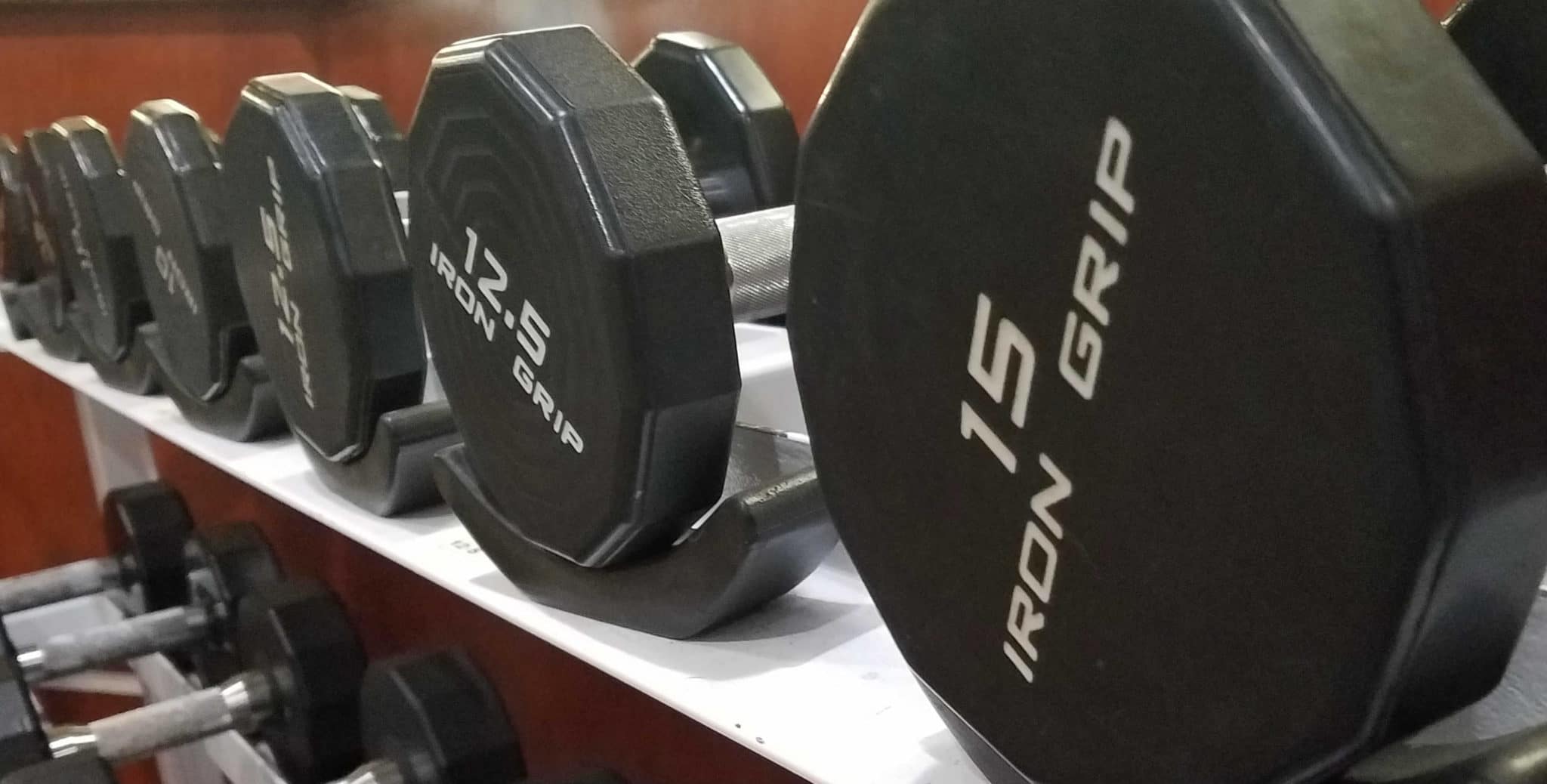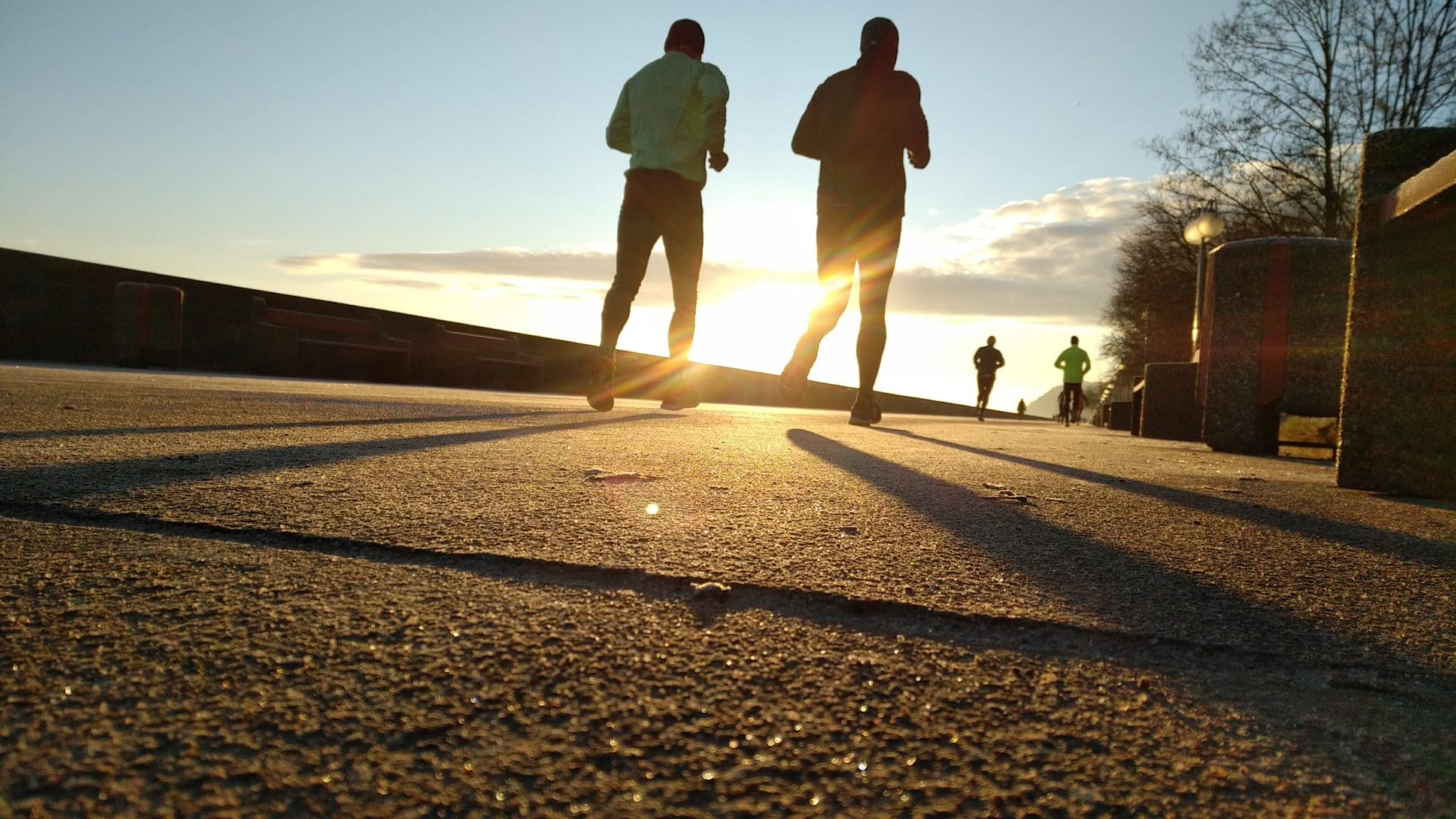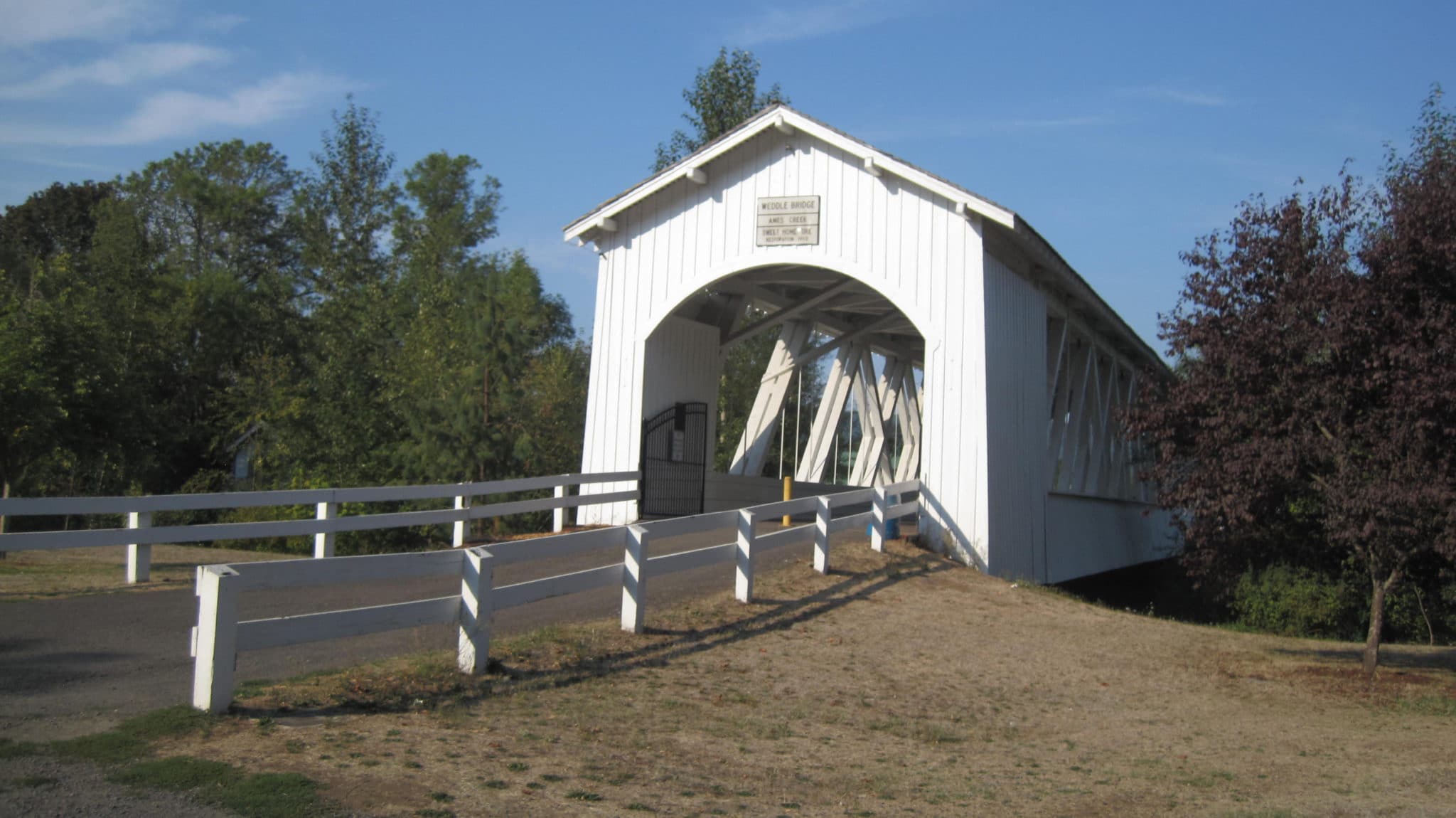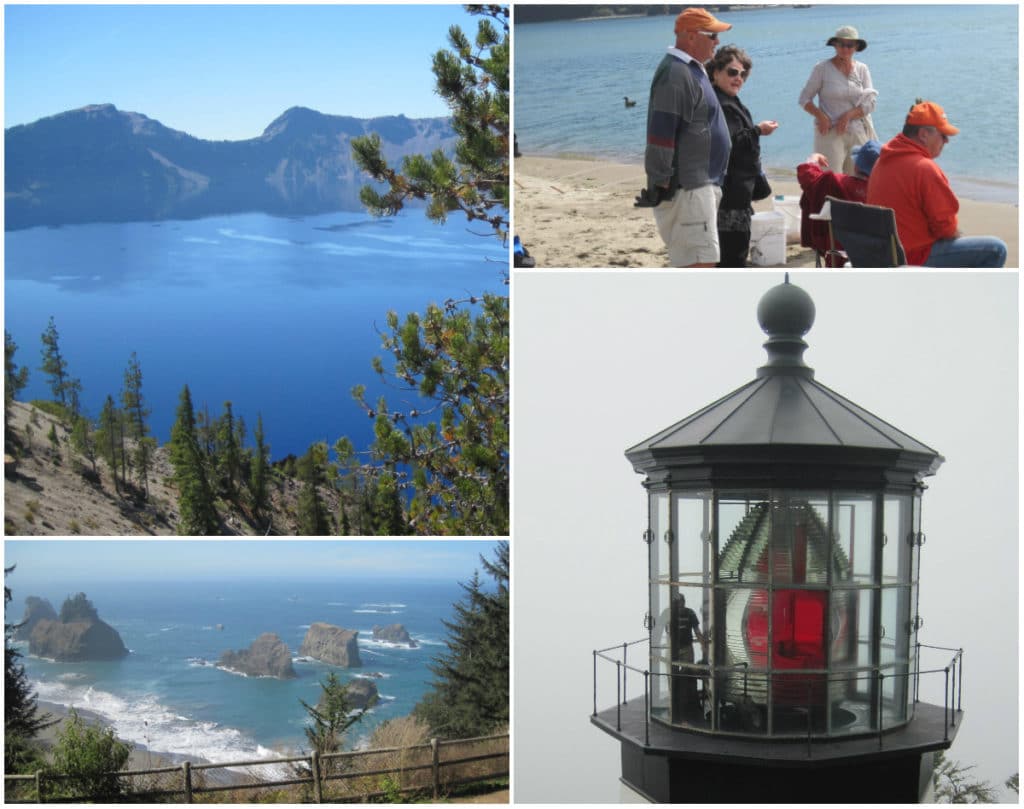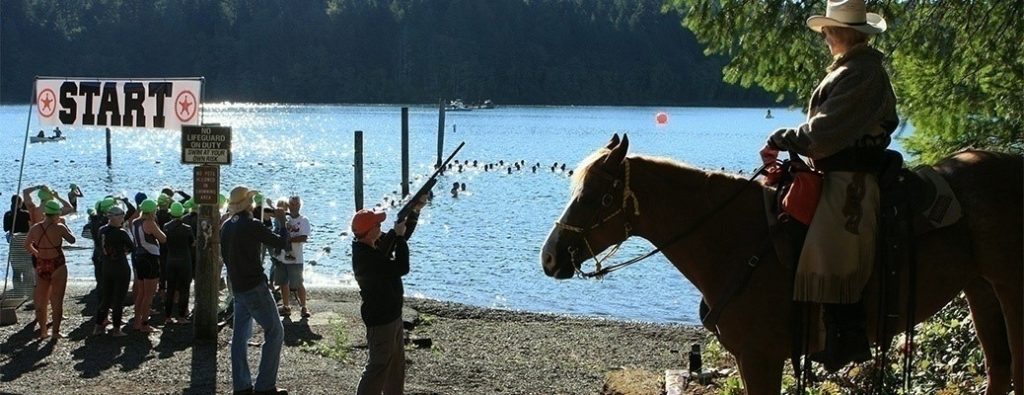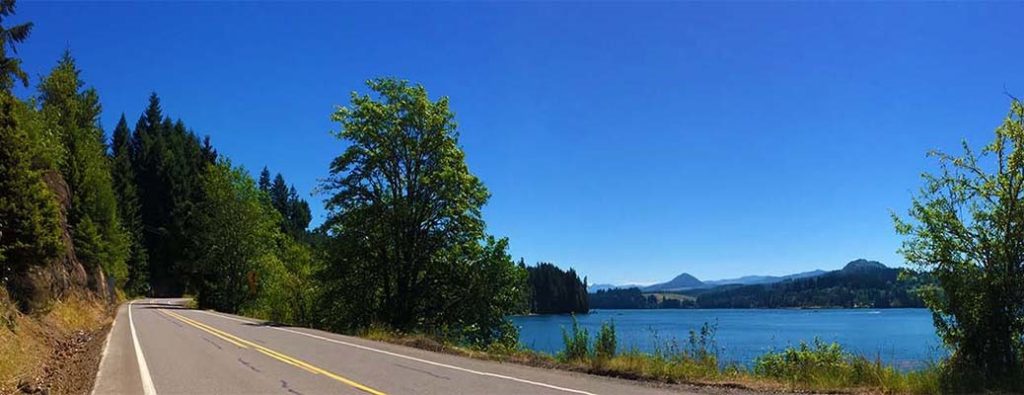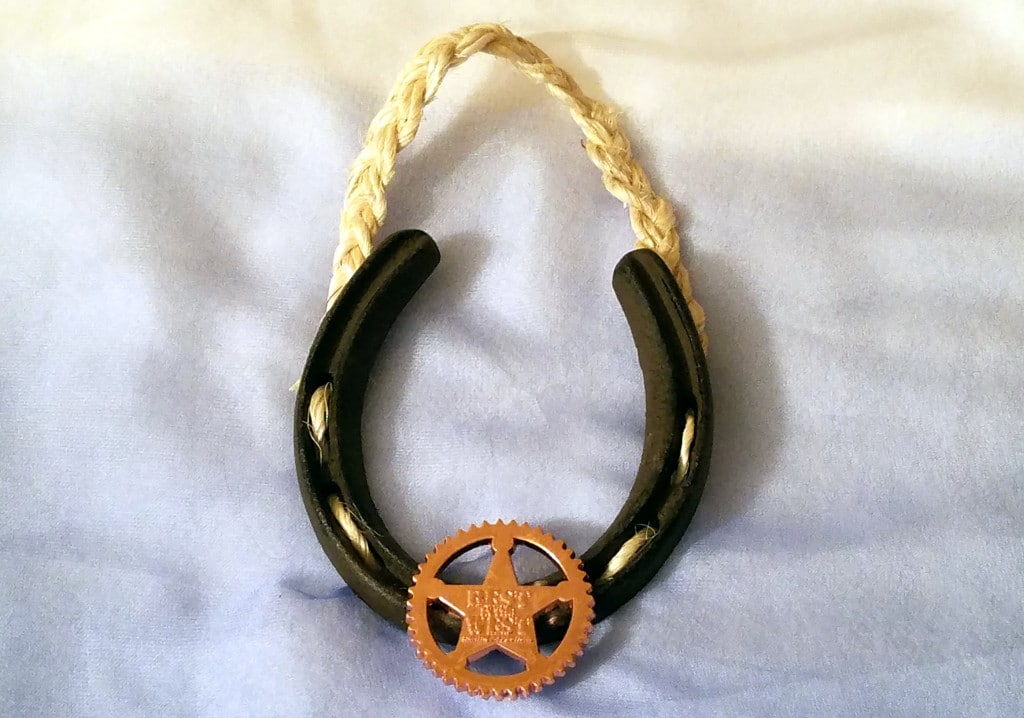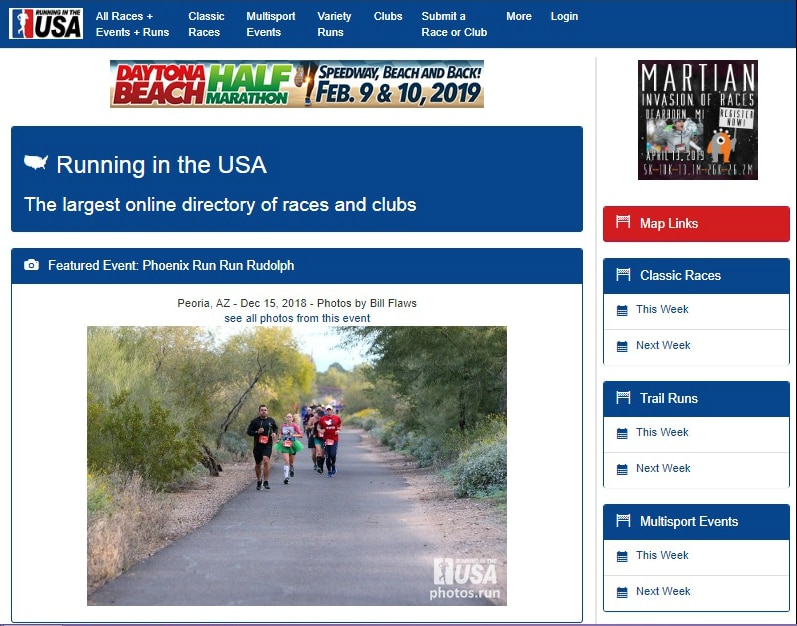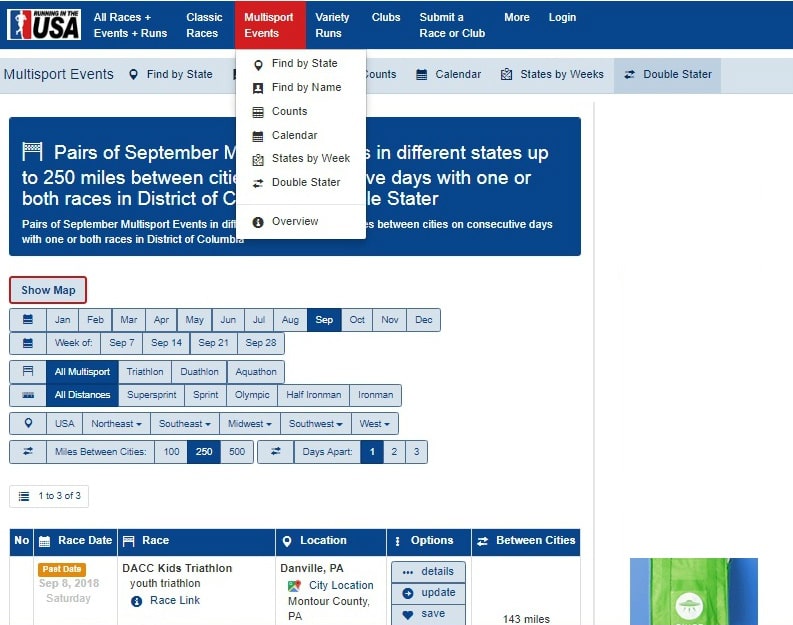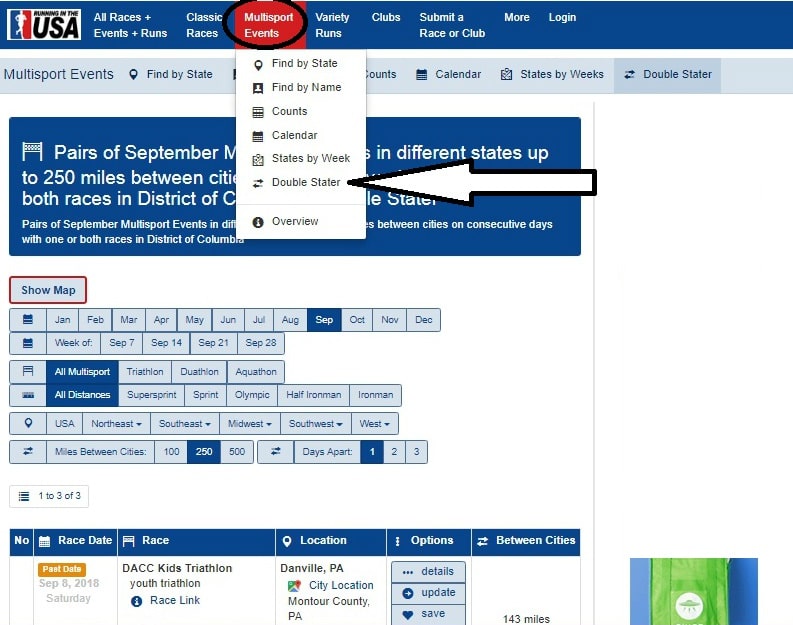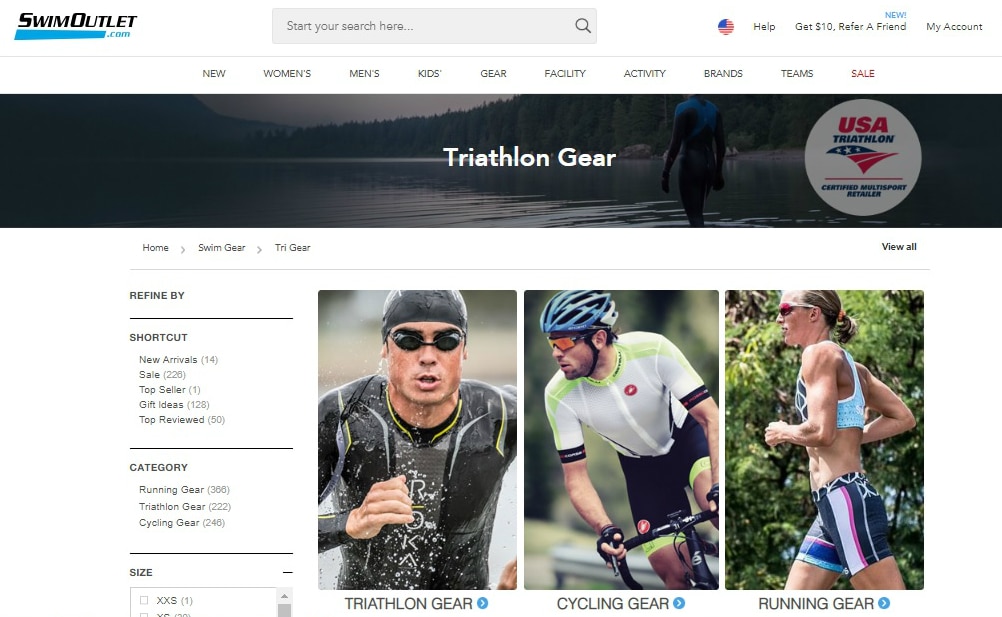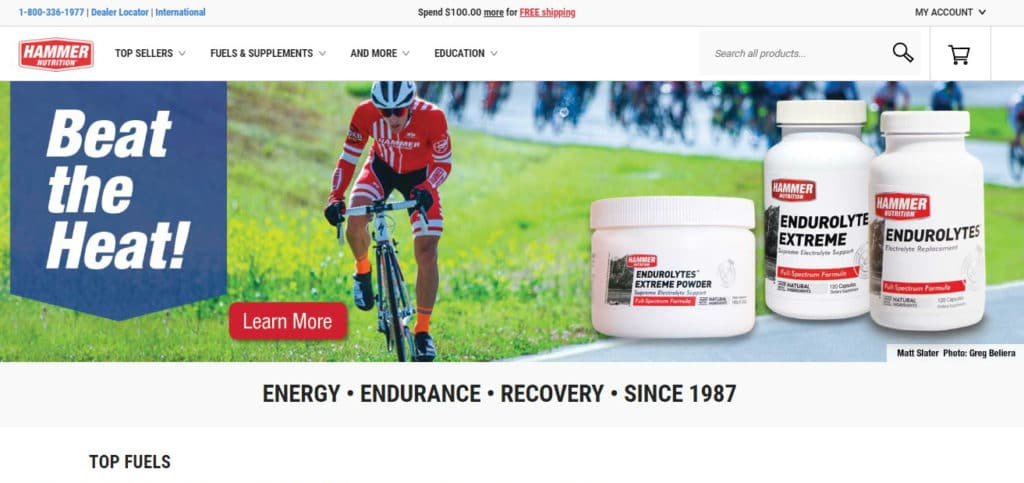Review of Mark Allen’s Strength Training for Triathletes
(updated May 5, 2020)
In January 2020, we all learned about a new and aggressive coronavirus, COVID-19. The virus resulted in all gyms closing for several months. If you are like me, you do not have the equipment and free weights in your home to continue Mark’s program while quarantined.
Wanting, actually needing, to continue strength training, I found new ways to do so while my local fitness center remained closed. The training I have been following (and some that I have not yet implemented) and lessons learned are found in “What If You Don’t Have Access to a Gym?” (below).
Original post
After competing in sprint triathlons for eight years, my training had become sloppy. I had lost the discipline of the early years. I had nearly stopped strength training, focusing instead on cardio and endurance training. And to top it off, my performance was poorer. I was slower than ever and struggling with knee pain while running. At this point, I could have looked into using cannabis as a way of relieving me from my pain. I saw the mini bongs from FBG and read lots of success stories involving cannabis for pain relief online, but was worried that it may further reduce my energy levels. If the use of marijuana for pain relief is something you are interested in, you can visit this website for more information. As always though, if you’re experiencing chronic pain, you should always consult a doctor before trying new methods of pain relief.
Credible References for Strength Training
The article entitled “Mark Allen’s 12 Best Strength Exercises” jumped out at me as I skimmed my emails on a recent winter morning. Having read about triathlon for over eight years, I knew of Mark Allen and considered him a credible source of information.
I became even more interested in the plan once I realized that this strength training plan had also been a turning point for Mark. In the first full season after following this strength training program, Mark won the three international multi-sport endurance events, including IRONMAN World Championship in Kona-Kailua, Hawaii.
Around the same time, I read about Judy Cole, a 73-year-old ultra runner. Judy had started running every day during her early 30s. However, early on, she had problems with her knees. Following the advice of her running partner to strengthen her quads and hamstrings “became a game changer”.
Judy’s experience sounded oh-so-familiar, so I committed to Mark’s plan.
My Initial Experience with Mark Allen’s Strength Training Program
This post is a journal of my experience with Mark Allen’s strength training program.
I first published this post after completing four sessions of the first, or adaptation, phase. I eventually finished eight sessions.
Now in the second, or endurance, phase, I am continuing to feel stronger. Exercises that were especially difficult in the first sessions are now easier. And, for the first time in months, I am running without knee pain.
Mark’s Best Strength Training Exercises
The table below lists the twelve exercises in this program. The table also shows the triathlon event(s) most impacted by the exercise. The original article includes videos that show how to perform each of them correctly.
| Exercise | Helps most with . . . |
| Lateral Pull-Downs | Swim |
| Leg Extensions | Run |
| Leg Curls | Bike, Run |
| Bench Press | Swim |
| Squats | Bike, Run |
| Lateral Dumbbell Raise | Swim |
| Calf Raises | Run |
| Dumb-bell Pullover | Swim |
| Backward Lunges | Run |
| Bicep Curls | Swim, Bike |
| Tricep Extensions | Swim |
| Leg Press | Bike, Run |
Strength Training Restarted – Warmup and Cooldown
I start each session, no matter the Phase, with core exercises and 10 minutes of cardio to warm up. In August 2019, I made some changes to the core exercise routine based on the recommendation of Tri Swim Coach.
The latest core exercise portion includes one minute each of:
- Plank – one minute.
- Side plank – one minute on each side.
- Bridge – one minute.
- Abs – one minute of bicycle crunches – go to 3:00 in the Tri Swim Coach video. (Before August, I did a static crunch sitting up on the floor with the back at about 45 degrees off the floor and legs extended and on the floor. This is an alternative to crunches that have recently fallen out of favor with trainers.)
Before starting with the weights, I spend 10 minutes to finish warming up. This involves walking, jogging on an elliptical machine, or riding a stationary bike at an intensity high enough to break a sweat.
Throughout the journey, I have recorded the number of repetitions and weights for each of the exercises of each session in a Google Sheet. I have also noted when I could use a heavier weight in the next session and any pain or soreness I felt during or after the session.
After each session, I complete another 10-15 minutes of cardio. I then complete a sequence of static stretches of my hamstrings, quads, calves, and upper and lower back.
Progress is coming – slowly but surely. I have increased weights while doubling the number of repetitions. The amount of soreness in the days after the session has been much less. And, I have started to run again.
Periodically, I re-read the original article and watch the videos to make certain I perform each exercise using the correct form and breathing.
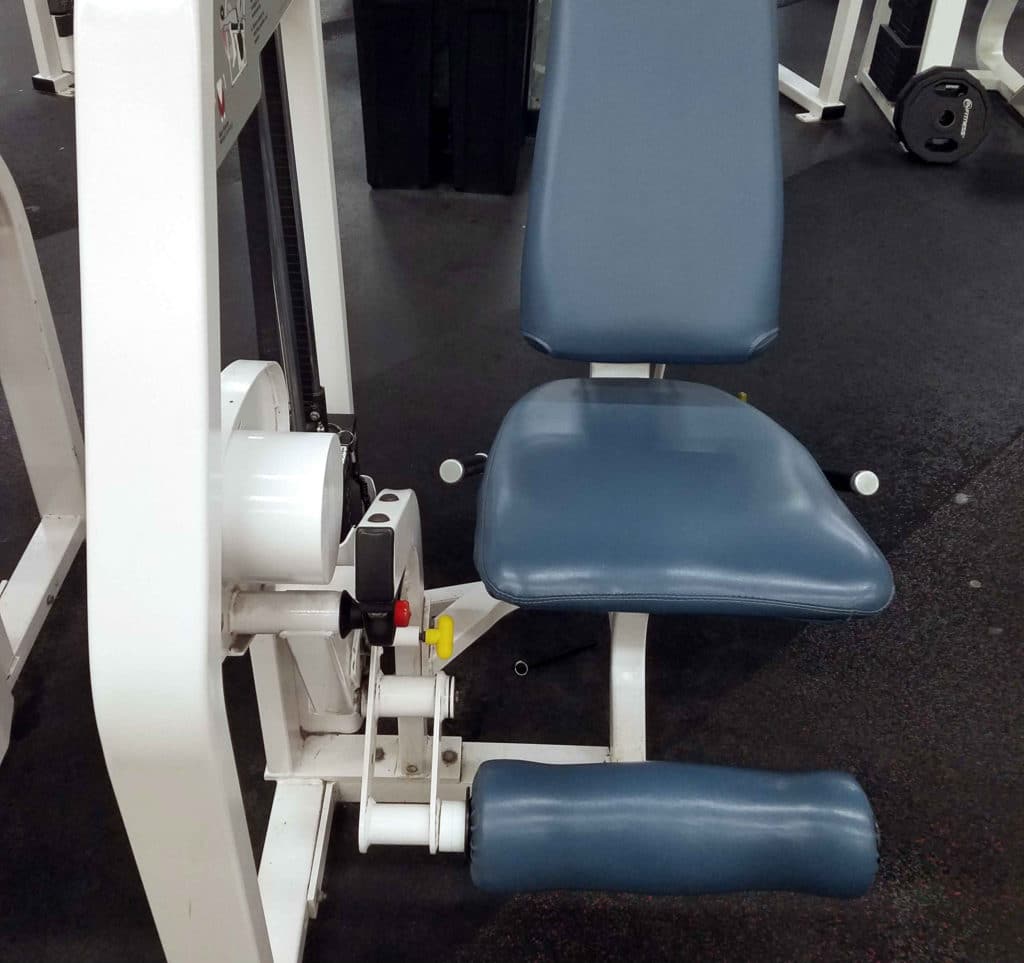
Machine used for the leg extension exercise. Mark Allen’s program involves a mix of exercises that use free weights, weight machines, dumbbells, and body weight.
Endurance Strength Training – Phase 2
The main difference between the first two phases is that Phase 2 involves two sets of 12 to 15 repetitions (“reps”) of each of the exercises with 90 seconds rest between sets, rather than one set in Phase 1. As in Phase 1, I completed two sessions per week with at least one day, but usually three days, between them.
During Phase 1, I selected weights for each of the exercises for which I could complete 15 repetitions with good form. For some of these, I was able to increase the weight slightly during the four weeks.
In transitioning into Phase 2, I used the same weights as at the end of Phase 1. However, in the first two sessions, I completed only 12 (rather than 15) repetitions in each of the two sets (except for the squats for which I completed 15 repetitions). I did this following the principle of injury prevention that calls for increasing intensity gradually.
“Increasing the intensity, time, or type of activity too quickly is one common reason for a sports injury. To prevent this, many fitness experts recommend that both novice and expert athletes follow the ten percent rule, which sets a limit on increases in weekly training. This guideline simply states that you should increase your activity no more than 10 percent per week. That includes distance, intensity, weight lifted, and length of your exercise session.” Source: Very Well Fit
Continuing with this principle, I increased the number of repetitions to 15 for the first of two sets in week 2; the second set still involved 12 repetitions. In week 3 and beyond of Phase 2, I completed 15 repetitions for both sets.
Restarting to Run
Also, early in Phase 2, I ran indoors on the LifeTime Fitness track for 10 or more minutes after weight lifting and before stretching. Another pleasant surprise has been the absence of knee pain during the run. This seems to confirm the theory that my knee pain resulted from weak hips and other leg muscles that are being strengthened in this program. How motivating!
Throughout this phase, I have increased weight gradually when appropriate following this guideline – whenever a weight is ‘easy’ in two consecutive sessions, I will increase the weight for the next session by 10% or less. I have increased the weight for some, not all, of the exercises balancing adding more weight and avoiding injury.
During this phase, I took a two-week break from the program because of illness, not injury. I have since resumed running on a regular schedule.
Lessons from Strength Training for Triathletes
I have learned some important lessons while using this plan:
- Be patient – the results one should expect from this training, and all training may seem to come slowly. Keep at it and you will eventually see results.
- Become familiar with the specific equipment you will use in the program. I did not seek an introduction from a trainer and found that I was learning how to adjust it by observing others, experimenting. I learned some things by accident, like how to add weight in 5 lb. increments on the machines.
- Add weight when after a few sessions (minimum of two) the weight seems easy. You can tell that it is easy when you can maintain good form throughout all the repetitions.
What If You Don’t Have Access to a Gym?
For many, the recent closure of gyms and fitness centers has put a halt to strength training with free weights and weight machines used in Mark Allen’s program. That is, unless you have these in your home, which I do not. While the gyms are closed or access to them is limited, you can consider the following approach to strength training.
Training for the Run
During a recent Stryd “For the Love of Running” webinar, Dr. Jinger Gottschall presented “six at-home exercises for a strong 3D core and improved run mechanics“. The exercises are best performed after the day’s run.
The six strength exercises include three bodyweight moves aimed at improving run mechanics. These are:
- Squats (at 16:17 in the video); according to Mark Allen, these are also useful for training for the bike.
- Lunges (at 19:00 in the video).
- Abductor movements (at 23:58 in the video) using an elastic band.
Dr. Gottschall recommends performing 100 repetitions (50 on each side for the lunge and abductor exercises), though I have gotten to 50 reps per session two times per week. I you want to increase the challenge, you can add weight. And, if you don’t have free weights where you are, then grab an empty water bottle or milk jug and add some water to it. Water weighs 8.3 pounds per gallon (1 kg per liter).
The second part of Jinger’s session includes three core exercises (front plank, side plank, glute bridge) included among the five core exercises (one minute each of front plank, side plank on each side, glute bridge, and boat pose) that I perform.
Training for the Swim
During the quarantine, I also joined Tri Swim Success Online Triathlon Swim Training Program. As part of the membership, I received access to video with ‘dry land’ weight training exercises specific to swim fitness. Learn more about the video training here.
The dry land exercises make use of resistance bands. Since I have a limited selection of resistance bands, I have not completed all the exercises. Beyond that, I will soon be back in the open water; living next to a lake makes this convenient.
Interested in Joining Me?
If you would like to join me in following Mark Allen’s strength training program for triathletes, comment below or email me at seniortriathletes@gmail,com. I will share the Google Sheet with you so you can record your results and we can track our progress.
New to Strength Training?
You may be interested in this article from Silver Sneakers with advice on how to begin a strength training program.
To Be Continued . . .
This post was first published on March 14, 2019. The latest update was published on May 5, 2020.

